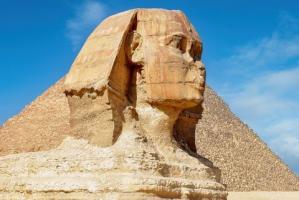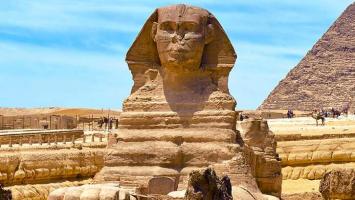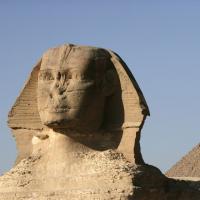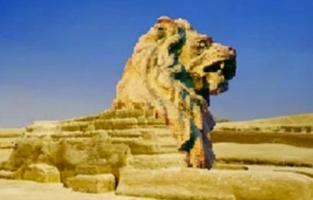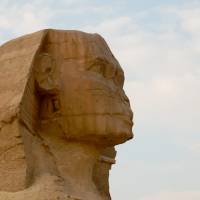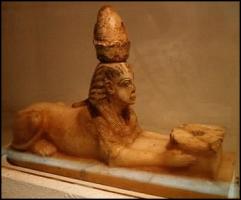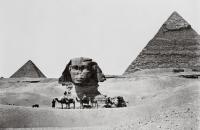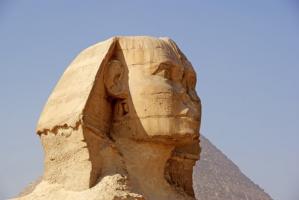The mystery of the Sphinx
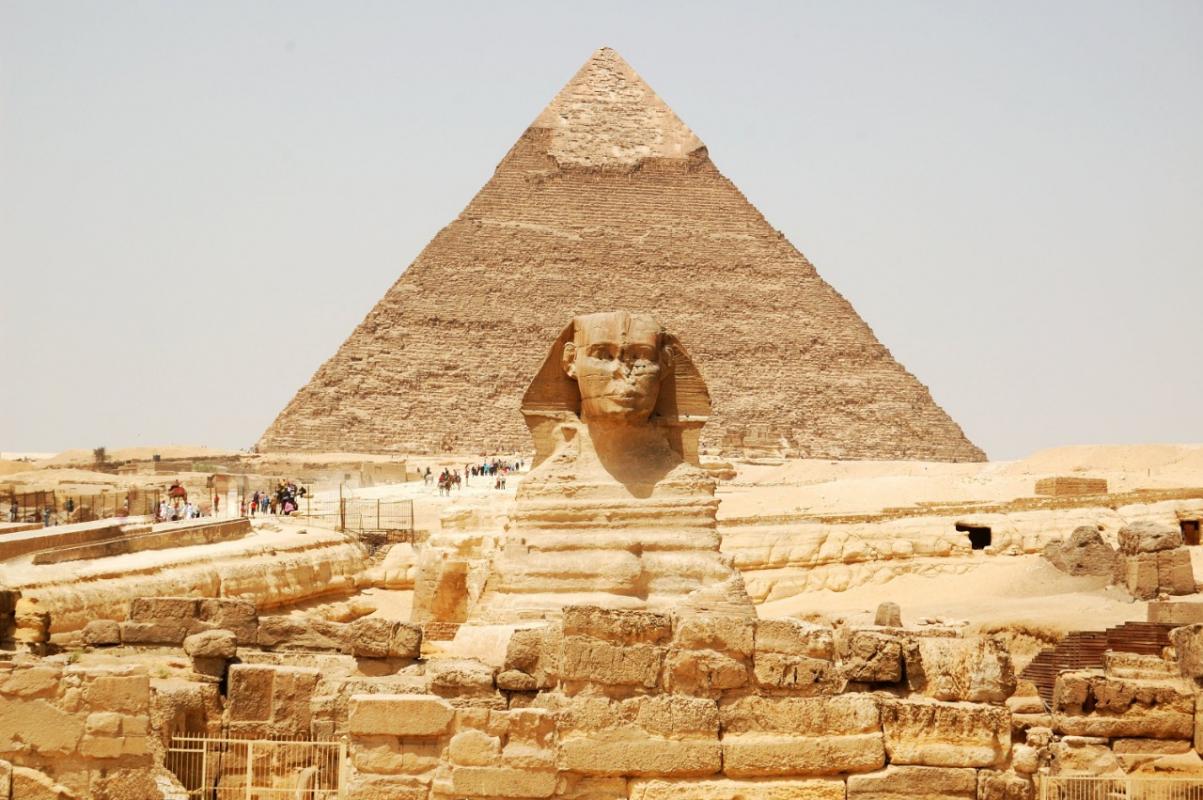
Much has been said about the Sphinx in recent years. Currently, there seems to be no mystery more fascinating than this one. The Sphinx has always been the monument of enigma, ever since Euripides depicts her as the one who tests Oedipus with the famous riddle. Perhaps even from before.
Many scientists have also grappled with the mystery of the Sphinx, although it was certainly not the fundamental question posed in Euripides's famous tragedy.
It would seem that the immense construction would date as far back as 10,450 B.C., thus being the oldest known human construction, much older than the pyramids of Giza themselves, which are located a short distance away as can be seen in the image above.
Some scholars claim that the body of the Sphinx was built by a very ancient civilization with extraordinary construction skills. The head was originally that of a lion, then, Pharaoh Chephren would have it replaced with another depicting himself.
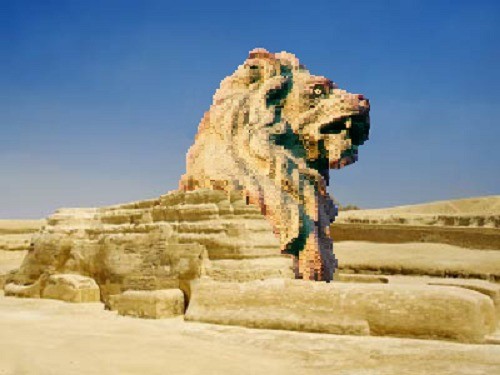
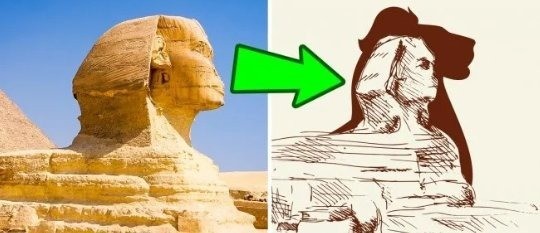
These scholars cite as evidence the fact that the base of the great lion's body would have areas of rock heavily eroded by extremely violent water flow. This would be an indication that, when the Sphinx was built, the climate in Egypt must necessarily have been much less arid than now, and this would immediately rule out the hypothesis of its construction in the Pharaonic era, pushing it back in time by at least 6,000 years.
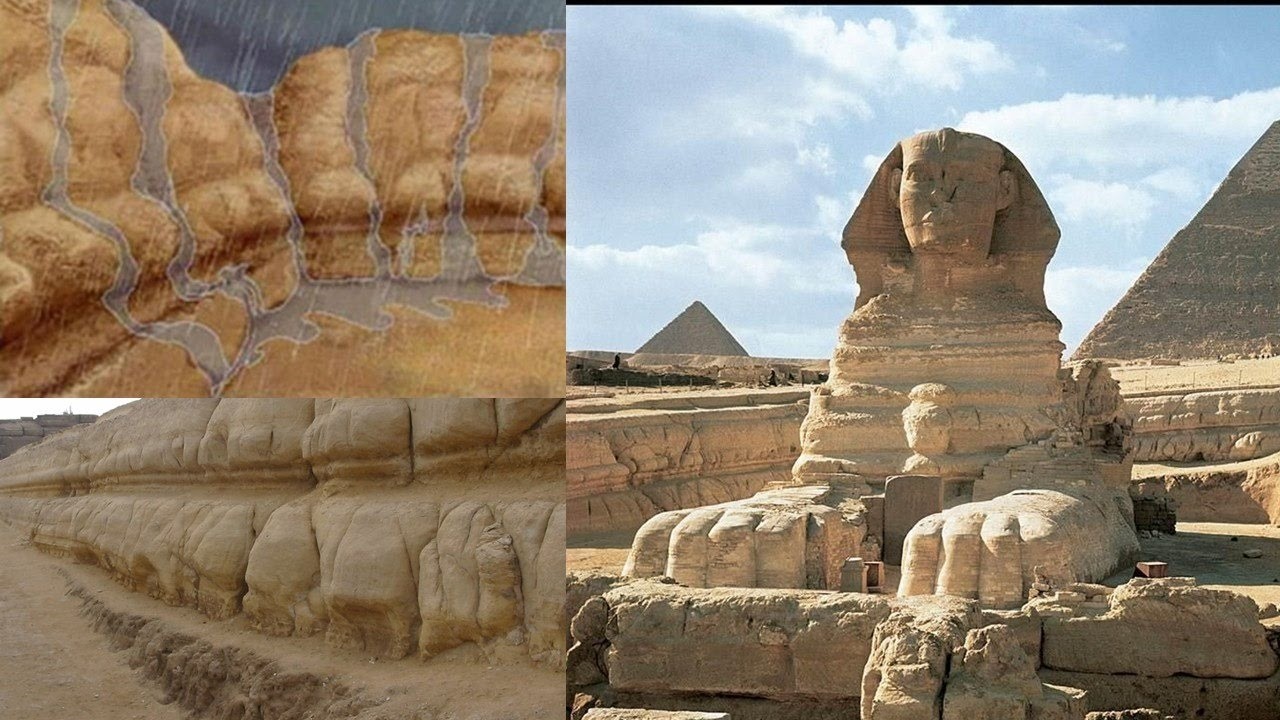
The most convincing evidence would come from an argument of astronomical origin. In fact, the Sphinx would look in the direction in which the brightest star in the lion constellation (Regulus) was rising in 10,450 B.C. This, according to scholars, is already enough to prove that the construction of the Sphinx would date back to that time.
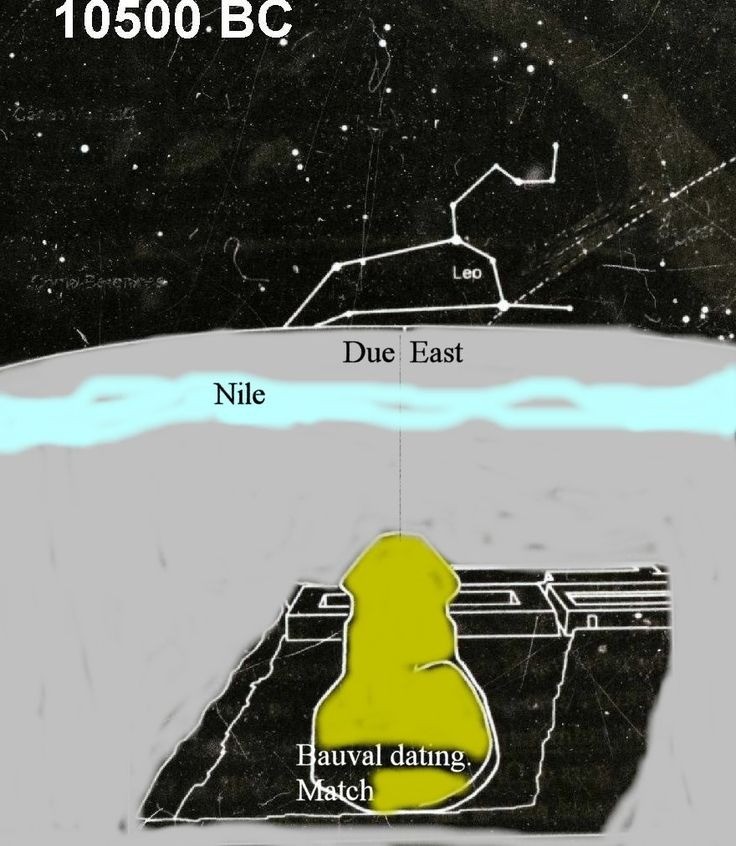
In reality, the matter is by no means so simple. One might think of an alternative, although in reality this hypothesis does not completely rule out the proposal that the Sphinx was built 12,000 years ago.
It has long since been discovered that there are some shafts in the pyramid of Cheops that run from the central chamber of the pharaoh to the outside. These very narrow tunnels had long been considered ventilation ducts, until two archaeologists realized that they pointed toward the stars of Orion's belt and the star Sirius in 2,450 B.C., that is, at the very time when the pyramids were built (a date of construction also confirmed by other dating methods).
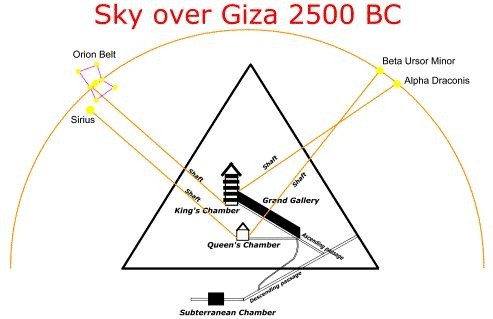
The Orion's constellation for the Egyptians represented Osiris and the star Sirius (Sothis) represented Isis.
What is most interesting is the surprise one discovers when observing the height on the horizon of the constellation Orion in the various epochs due to the precession of the equinoxes.
The Orion's constellation was found to have a minimum height on the southern horizon precisely in 10.450 B.C., which is the same date when the Sphinx appears to be pointing toward the constellation Leo. What could this mean?
Recall that Osiris is the god of the living and the dead, the god of the heavens and the underworld; it rises and sets, dies and is reborn.
The precession of the equinoxes is cyclical, and the period of cyclicity is about 26,000 years. 12,000 years ago the precession brought Orion (Osiris) to its lowest height on the southern horizon, so that was the time when Osiris died and then rose again on the horizon. It was the beginning of the cycle, the beginning of new life.
Perhaps the Egyptians had pointed the Sphinx toward the point where Regulus set in 10,450 B.C. to commemorate the event of the beginning of the new Age.
However, this implies that they knew precisely the existence and extent of precession. This is far from improbable.
In fact, it was Hipparchus of Nicaea (194 -120 B.C.) who first spoke of precession of the equinoxes. It is not unlikely that Hipparchus knew about the phenomenon of precession having learned about it from Egyptian priests (as was often the case...). It was not difficult for the Egyptians to discover the effect of precession, since they were keen observers of the sky, and since the effects of the phenomenon can be appreciated with a time interval of "only" hundred years.
However, even embracing this hypothesis, it is not certain that those who claim that the Sphinx was built 12,000 years ago cannot be right.










